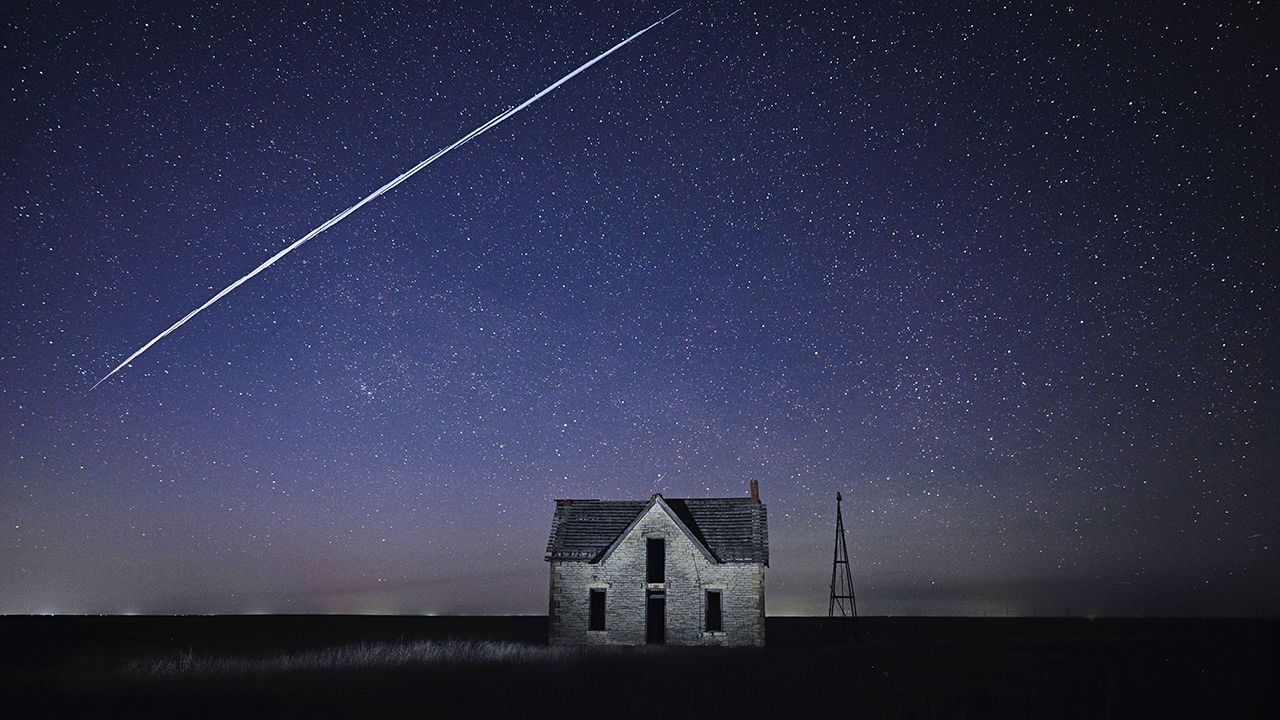The most powerful flash yet seen in the sky was recorded on October 9th
Analysing it may aid understand of how heavy elements form

This picture, taken by the Swift X-ray Telescope, an orbiting observatory, is of the afterglow of the brightest flash yet observed by astronomers—a so-called gamma-ray burst, dubbed GRB 221009A. It was caused by the explosion and subsequent collapse to form a black hole of a star about 30 times as massive as the Sun. It happened 2.4bn light-years away. Even so, its radiation, which arrived on October 9th, disrupted the ionosphere, and thus some radio communications. Events like this excite those interested in how the heavier elements of the periodic table form. They are the alchemical crucibles in which nuclear reactions create things like cobalt, titanium, vanadium and zinc. Studying GRB 221009A’s afterglow should help determine the details.■
Science & technology
October 22nd 2022
From the October 22nd 2022 edition
Discover stories from this section and more in the list of contents
Explore the edition
Satellites are polluting the stratosphere
And forthcoming mega-constellations will exacerbate the problem

AI models are dreaming up the materials of the future
Better batteries, cleaner bioplastics and more powerful semiconductors await

Mice have been genetically engineered to look like mammoths
They are small and tuskless, but extremely fluffy
Is posh moisturiser worth the money?
Don’t break the bank
How artificial intelligence can make board games better
It can iron out glitches in the rules before they go on the market
The skyrocketing demand for minerals will require new technologies
Flexible drills, distributed power systems and, of course, artificial intelligence








